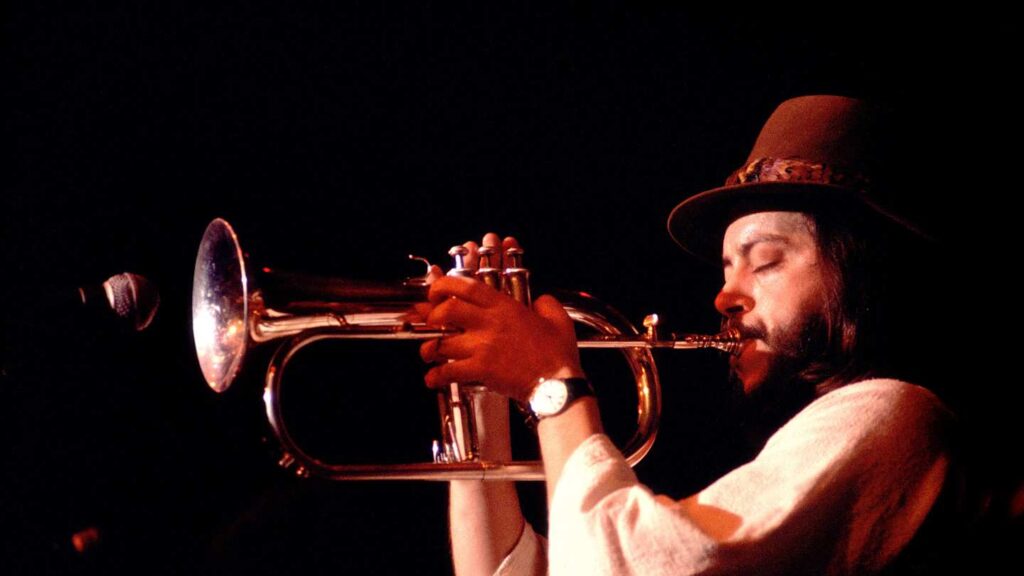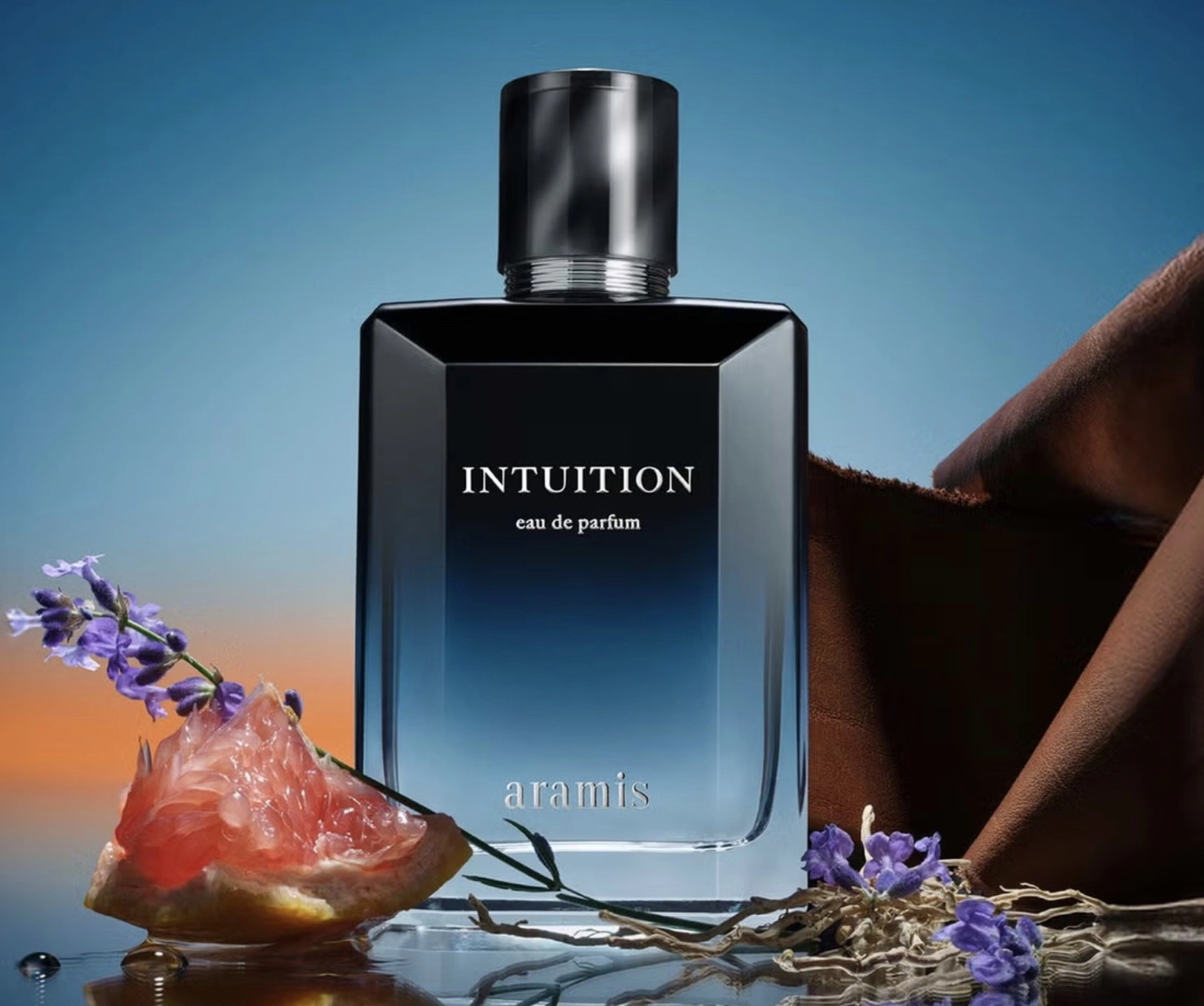Chuck Mangione’s name evokes instant recognition for his flugelhorn-infused melodies, melding jazz and pop with an accessible, feel-good vibe. Known for his signature sound, Mangione’s career spans decades, marked by hit records, Grammy Awards, and a surprise cameo in popular culture via “King of the Hill”. As an icon of jazz fusion, his music has transcended its genre boundaries, influencing both casual listeners and dedicated jazz aficionados. His presence in King of the Hill, a beloved animated sitcom, cemented his pop culture legacy in an entirely new arena. Mangione, who infused jazz with an unmistakable warmth, helped to make jazz fusion commercially viable in the 1970s and continues to resonate in the collective musical consciousness today.
The Rise of Chuck Mangione
Mangione, born on November 29, 1940, in Rochester, New York, entered the jazz scene as a child prodigy. By the time he was a teenager, he had already garnered attention as a trumpeter, performing alongside his brother Gap Mangione in The Jazz Brothers. His formal studies at the Eastman School of Music further refined his talent, preparing him for the breakthroughs that would come in his solo career. He switched to the flugelhorn, an instrument with a warmer, more mellow tone than the trumpet, which became a signature sound that set him apart from his peers.
Mangione’s early career saw him collaborate with jazz legends like Art Blakey and the Jazz Messengers, an opportunity that solidified his credentials as a serious jazz musician. In the late 1960s, he began experimenting with the intersection of jazz, classical, and pop music, an approach that would soon catapult him to stardom. His breakthrough came with his 1970 album “Friends and Love”, a live recording that fused jazz with orchestral arrangements. The concert, performed with the Rochester Philharmonic Orchestra, introduced Mangione to a wider audience and set the stage for his unique take on jazz fusion.
Jazz Fusion Meets Pop Sensibility
In the 1970s, jazz fusion became a popular movement that blended jazz with elements of rock, funk, and pop. Artists like Miles Davis, Herbie Hancock, and Weather Report were at the forefront of this fusion, experimenting with electric instruments and complex rhythms. But while many jazz fusion artists pushed boundaries in complex and experimental ways, Chuck Mangione found a different path—one that emphasized melody, accessibility, and the emotional resonance of his instrument.
His most famous piece, “Feels So Good,” released in 1977, exemplifies his approach. The track, with its catchy, soaring melody, was a commercial success, reaching No. 4 on the Billboard Hot 100 chart. The song’s light, breezy tone—led by Mangione’s distinctive flugelhorn—made it a favorite on both jazz and pop radio stations. “Feels So Good” achieved something few jazz tracks had done before: it crossed over into the mainstream, introducing casual listeners to the joys of jazz fusion.
Mangione’s success with tracks like “Feels So Good” and albums such as “Chase the Clouds Away” (1975) and “Children of Sanchez” (1978) earned him several Grammy nominations, winning two in 1977. While some jazz purists criticized his approach as too commercial or simplistic, Mangione’s work resonated with a wide audience. His ability to fuse intricate jazz instrumentation with pop melodies made his music accessible without sacrificing artistic integrity.
The Heart of Mangione’s Sound: The Flugelhorn
Central to Mangione’s success was his mastery of the flugelhorn, an instrument less common in jazz than its brass counterparts, the trumpet and trombone. While the trumpet typically carries a more piercing, sharp tone, the flugelhorn’s sound is mellow and warm, lending itself beautifully to Mangione’s melodic sensibilities. The instrument gave his compositions a unique character, setting him apart from other jazz fusion artists.
For Mangione, the flugelhorn wasn’t just an instrument; it was a way to express his joy and passion for music. His performances often showcased this exuberance, and his persona as a performer was charismatic yet humble. Audiences were drawn not only to his music but to his infectious enthusiasm on stage, often seen smiling or energetically conducting as he played.
The Soundtrack to a Generation
Mangione’s music also had a strong cinematic quality, which led him to score several films and television shows in the late 1970s and early 1980s. His score for the film “Children of Sanche” won him his second Grammy and further solidified his place in both the jazz and pop worlds. The film’s title track, with its sweeping orchestration and emotive flugelhorn lines, showcased Mangione’s ability to blend jazz with a larger symphonic sound.
Mangione’s ability to write emotionally resonant music also led to his work being used in numerous commercials and television shows, creating a lasting presence in popular culture. For many, Mangione’s sound became synonymous with an era of feel-good, melodic jazz, a comforting escape from the turbulence of the times.
King of the Hill and the Cultural Legacy
Chuck Mangione’s cultural legacy extends beyond music, thanks in large part to his recurring role in “King of the Hill”. Created by Mike Judge and Greg Daniels, the animated sitcom ran from 1997 to 2010 and was known for its subtle, character-driven humor centered around the residents of Arlen, Texas. Mangione, playing a fictionalized version of himself, became a recurring character, portrayed as a beloved yet reclusive musician who occasionally appears at Mega Lo Mart, a fictional big-box store.
In “King of the Hill”, Mangione is depicted as a figure who has inadvertently trapped himself within his own fame. The running joke in the show is that Mangione is constantly performing at the Mega Lo Mart and, despite his fame, lives in the store’s stockroom, sneaking around in an attempt to avoid his corporate obligations. It’s a humorous nod to the ways in which commercial success can feel like a golden cage, something Mangione himself may have resonated with, given the criticisms he faced for his pop-friendly approach to jazz.
The show introduced Mangione to an entirely new generation of fans, many of whom may have been unfamiliar with his music prior to his appearances. The creators of “King of the Hill” utilized Mangione’s persona with reverence and humor, celebrating his unique contributions to music while playfully exaggerating the idea of the “one-hit wonder” trapped in a corporate gig. For many fans of the show, the image of Chuck Mangione sneaking around the Mega Lo Mart, flugelhorn in hand, became an enduring part of the series’ quirky charm.
Jazz for the People
One of the remarkable aspects of Mangione’s career is the accessibility of his music. While jazz has often been regarded as a genre requiring a deeper understanding of music theory to appreciate fully, Mangione brought a populist sensibility to the form. His compositions, while still complex in their arrangement and instrumentation, emphasized melody and emotional connection over technical prowess for its own sake.
Mangione’s success in reaching broader audiences can be seen as part of a larger movement in the 1970s, where artists across genres sought to blend high art with mass appeal. Much like Stevie Wonder in soul music or Fleetwood Mac in rock, Mangione found a way to craft music that resonated on both an intellectual and emotional level. His work invites listeners into the world of jazz, rather than alienating them with complexity or esotericism.
This approach, however, wasn’t without its critics. Hardcore jazz enthusiasts, particularly those steeped in the avant-garde and free jazz movements of the time, sometimes derided Mangione’s music as overly simplistic or commercial. But Mangione remained unapologetic about his approach. For him, music was about spreading joy, and if that meant crafting a melody that people could hum along to, all the better.
Enduring Influence
Chuck Mangione’s influence extends beyond his chart-topping hits and television cameos. His work helped bridge the gap between jazz and popular music, demonstrating that the two forms could coexist without losing their distinct identities. By bringing jazz fusion to the mainstream, Mangione paved the way for future generations of musicians to experiment with genre and form, pushing the boundaries of what jazz could be.
Artists such as Herb Alpert, Wynton Marsalis, and even contemporary pop-jazz acts like Michael Bublé owe a debt to Mangione’s ability to blend jazz with a wider pop sensibility. His music remains a touchstone for those seeking to understand how jazz can be both artistically challenging and widely accessible.
Impression
Chuck Mangione’s legacy is one of warmth, melody, and joy. Through his flugelhorn, he crafted a sound that was both emotionally resonant and commercially successful. Whether it was through his jazz fusion hits, film scores, or humorous appearances on “King of the Hill”, Mangione brought his passion for music to every endeavor. He may have been criticized by some for straddling the line between jazz and pop, but in doing so, he brought jazz to the masses, proving that the music didn’t have to be exclusive or intimidating.
For many, the sound of Mangione’s flugelhorn will forever conjure memories of a time when jazz could be heard on mainstream radio, when a flugelhorn melody could dominate the airwaves. And thanks to his unexpected role in “King of the Hill”, Chuck Mangione will always hold a special place in the hearts of fans—both for his musical achievements and for proving that a flugelhorn and a dream can indeed take you pretty far, even as far as Arlen, Texas.
No comments yet.








